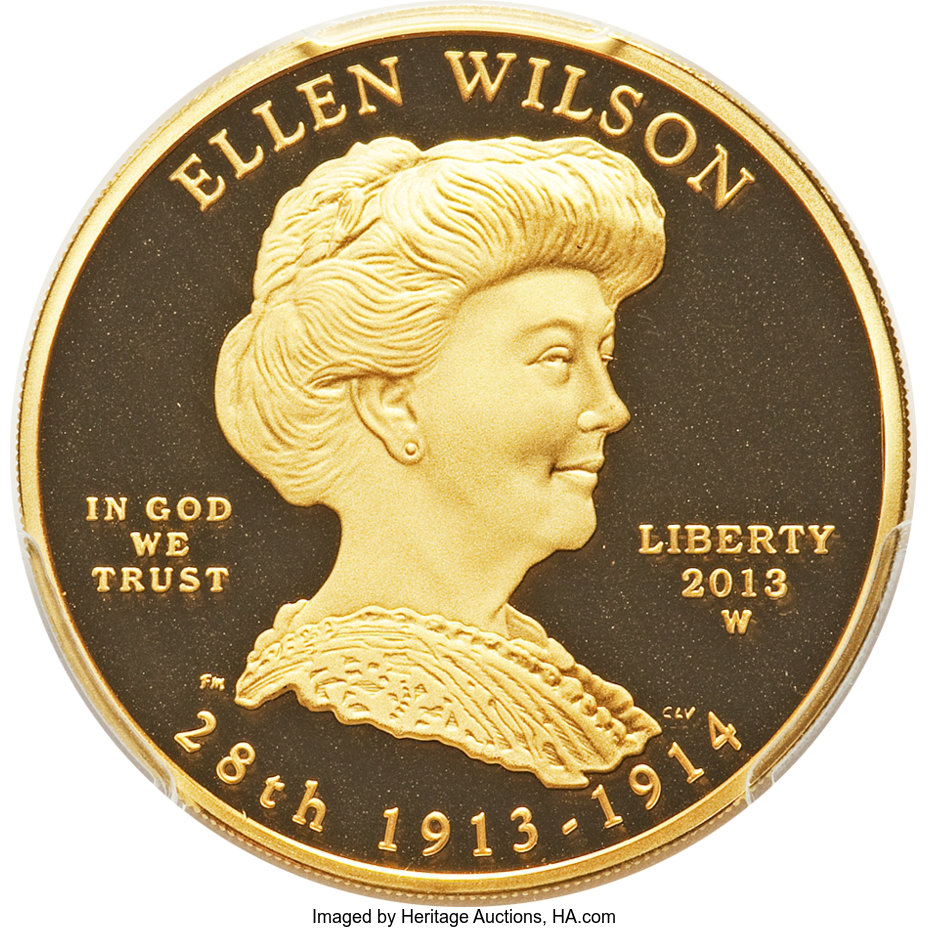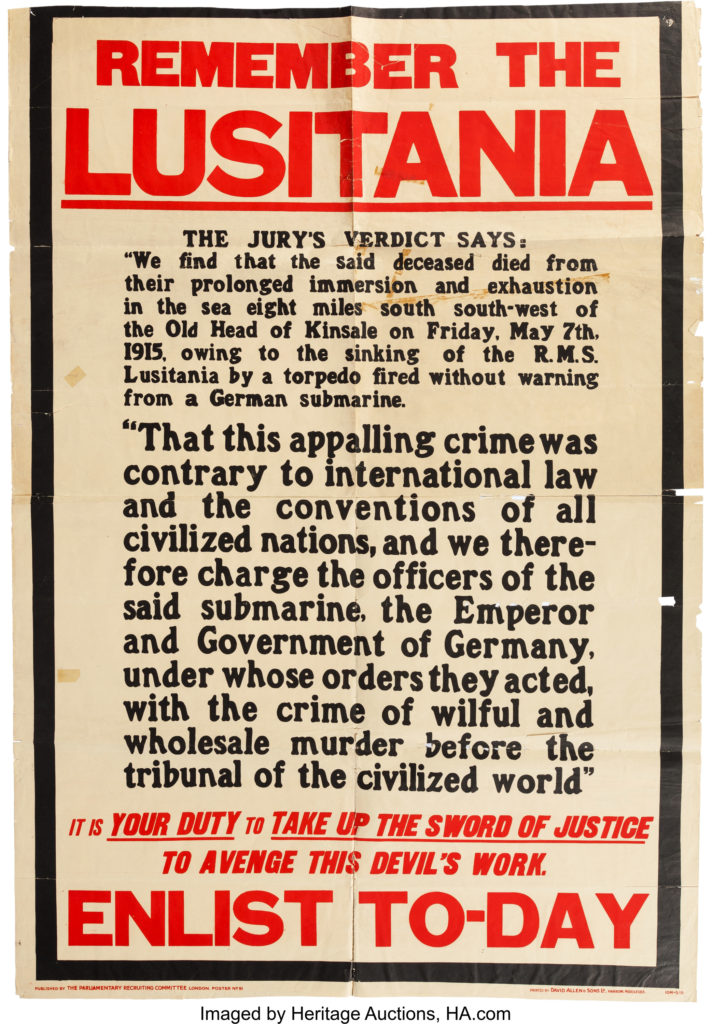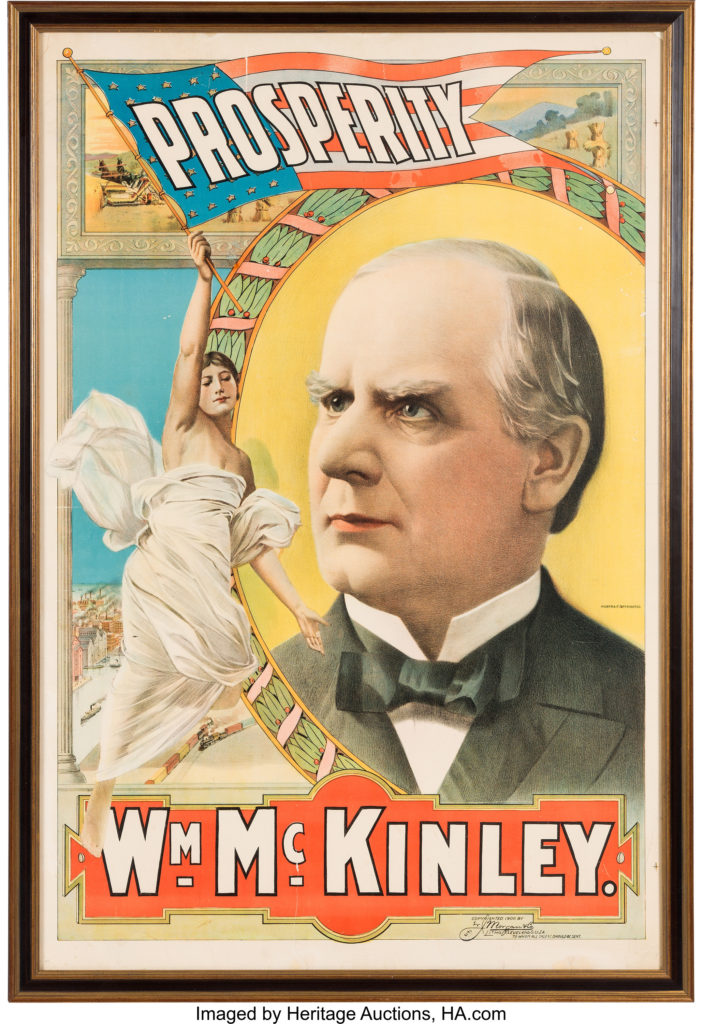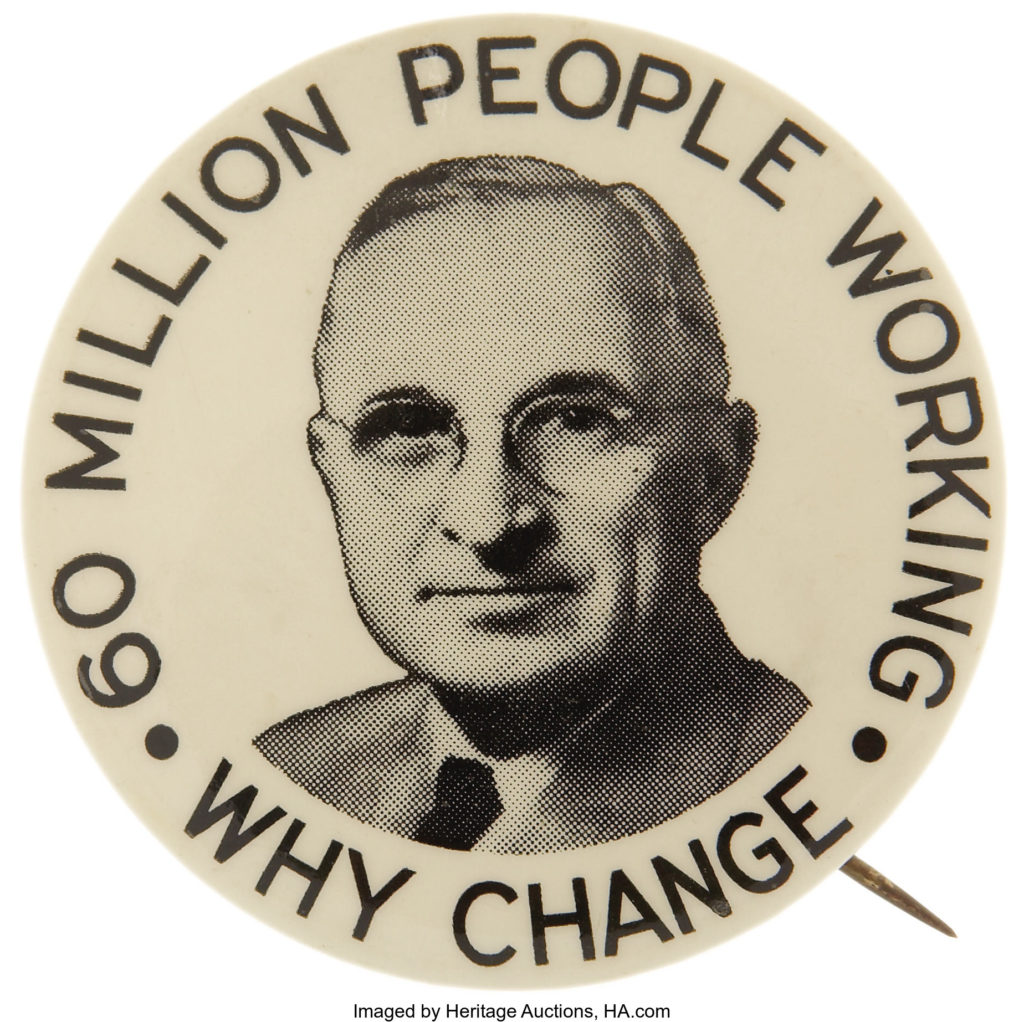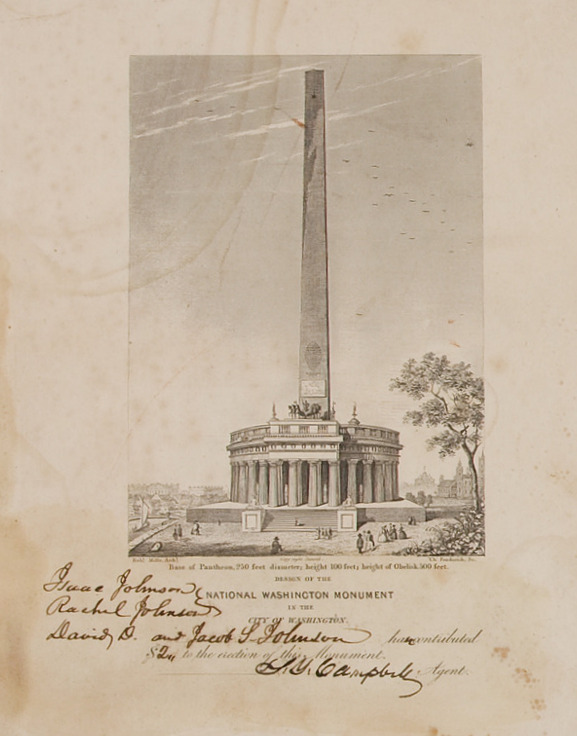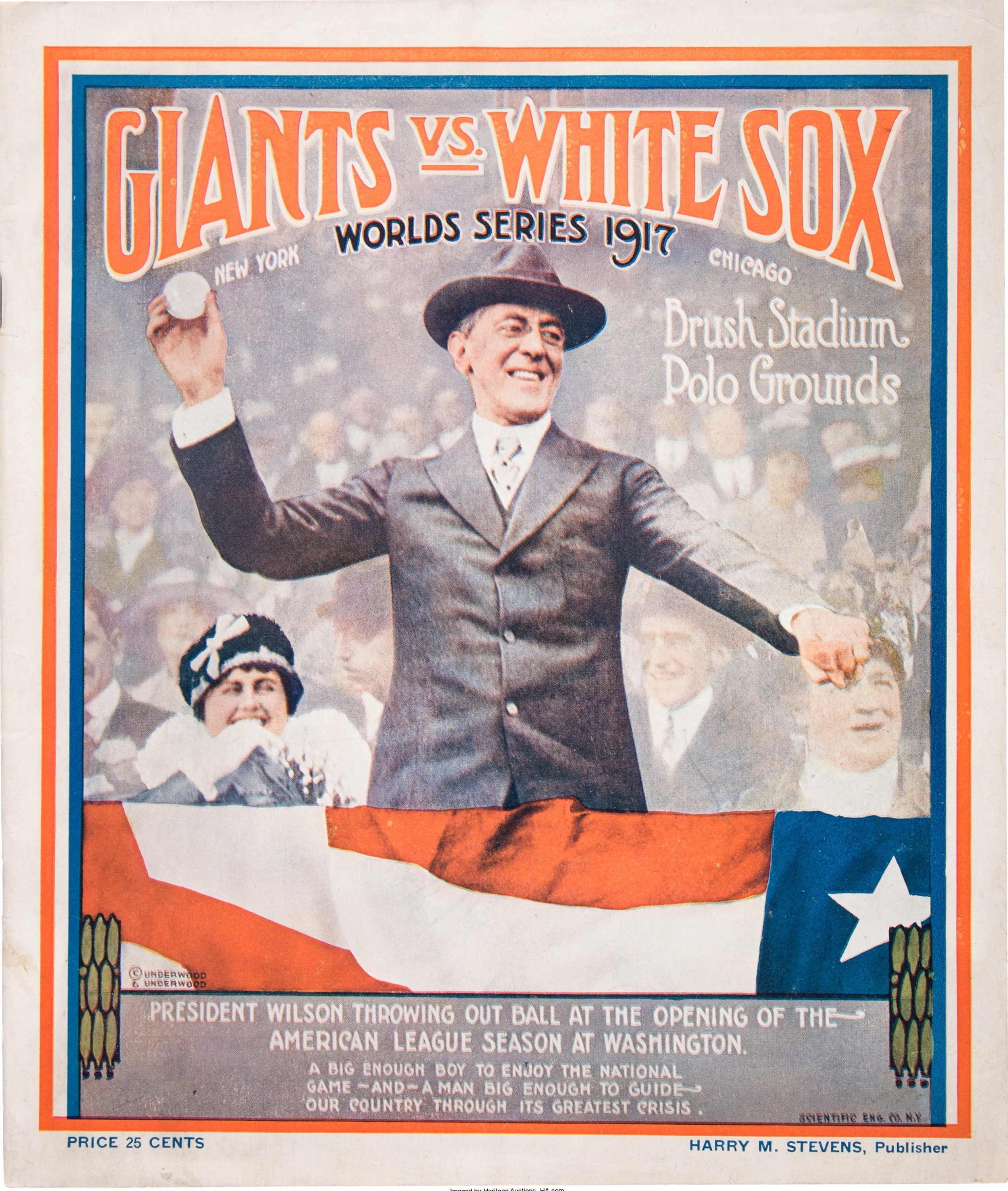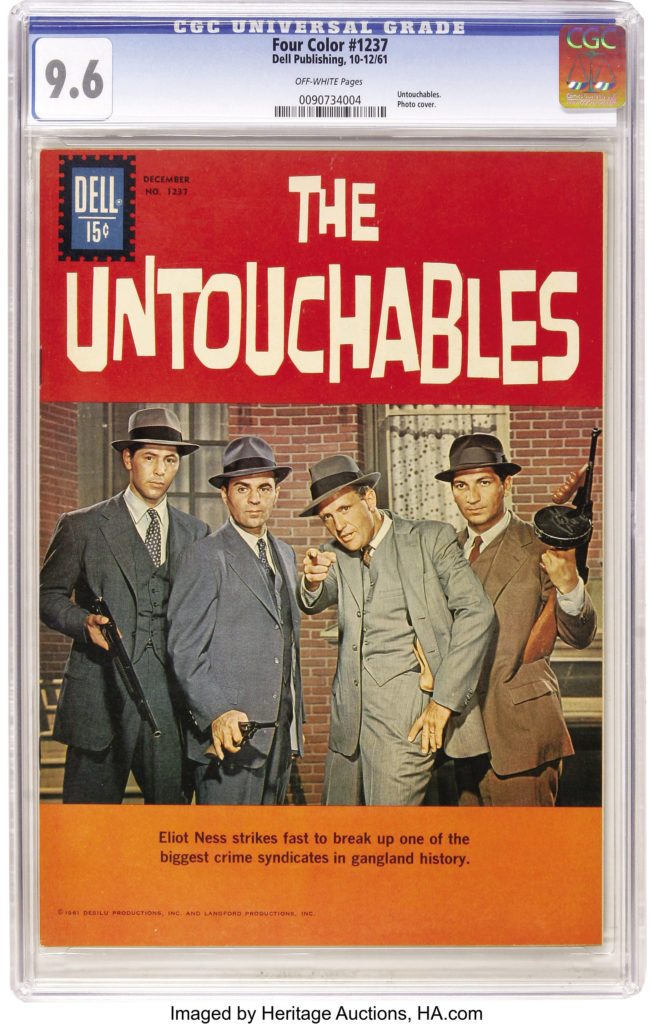
By Jim O’Neal
In 1959, Desilu Productions aired the first episode of The Untouchables, a TV series starring Robert Stack. The storyline was from a book of the same title that recounted the exploits of an elite group of Prohibition agents working for the Treasury Department. They were battling the mafia in Chicago during Prohibition (1920-1933). “Untouchables” was a nickname for a small group of lawmen who refused to take bribes from bootleggers.
There was a real-life Eliot Ness (1903-1957), who had a career battling booze and bootleggers, but the 119 episodes on TV were generally fictional accounts. The show had a decent run over four years (1959-63) and the format used famous newspaper/radio commentator Walter Winchell as a narrator to make it seem more realistic. Winchell (who was paid $25,000 per program) and Robert Stack were the only two actors to appear in all 119 shows.
In 1987, there was a movie version starring Kevin Costner as Ness and Robert De Niro as a fictionalized Al Capone. Sean Connery played a regular street policeman, and won an Oscar for Best Actor in a supporting role.
Prohibition was one of the most improbable political achievements in American history. The idea that a democratic nation with millions of voting-age drinkers, more than 300,000 taverns and saloons (all eager to slake their thirst), and the fifth-largest industry were unable to prevent this legislation was unthinkable. However, the battle had been raging for as far back as Colonial times. A temperance movement had been fighting alcohol consumption on the basis that it would destroy the moral fiber of the nation. The effort was joined by political forces with booming voices (e.g. William Jennings Bryan) who were convincingly vociferous about the evils of John Barleycorn … with only limited success.
Pragmatic business leaders discouraged the use of alcohol, pointing out the negative effects on worker reliability, job-related injuries and, importantly, productivity and quality. But the problem was gradually becoming worse as the nation’s workforce refused to heed the warnings. Perhaps the loudest and most passionate opponents of alcohol were the wives and mothers left to contend with the impact on their families if the primary breadwinner was a drunk. Gradually, it seemed that the only people who were against prohibiting alcohol were the drinkers and all the people making money providing it.
Even the government seemed supportive of alcohol since one-third of federal revenues was derived from the tax on sales. However, in 1913, the 16th Amendment replaced alcohol taxes with a federal income tax, which generated significantly higher revenues. In the 1916 presidential election, neither President Woodrow Wilson nor his opponent Charles Evans Hughes even mentioned the issue. Both parties were leery of discussing it for fear of alienating either the “drys” or the “wets” in such a close race.
But the ratification of the 18th Amendment on Jan. 29, 1919, banned the manufacture, transportation and sale of liquor – introducing a period in America’s history we still call simply Prohibition. Of course, wealthy men and institutions stocked up before the legislation went into effect. Curiously, the Act did not prohibit consumption. President Wilson moved his extensive inventory into the White House as did his successor, Warren Harding. The Yale Club in New York procured a supply that would last 14 years! Cynics were quick to point out that the president could have his martini each evening, but the working man could no longer get a beer and free sandwich at his favorite saloon.
For the less affluent, 15,000 doctors and 57,000 pharmacies got a license to supply medicinal alcohol. Drugstores were discrete sources as evidenced by Walgreens, which grew from 22 stores to over 500 in short order. Another loophole was the exemption that allowed homemade “fruit juices” for consumption exclusively in the home. Wineries in California were supplanted by millions at home. If left untended, the alcohol content in grape juice could soar to 12 percent. Grape juice production exploded.
However, a more insidious source of the banned alcohol developed. As the suburban population migrated to big cities, nightlife became synonymous with “speakeasies.” All one had to do was “speak easy,” act discreet and there was a convenient door where even women were now welcomed. The battle over alcohol shifted to the supply and distribution and there was a massive increase in organized crime as they fought over territories. Law enforcement was badly outgunned or was paid to look the other way.
Welcome to the Roaring Twenties!
As the Great Depression deepened, President Franklin Roosevelt signed legislation on March 21, 1933, that legalized the consumption of 3.2 percent beer, saying, “I think this would be a good time for a beer.”
Amen.
 Intelligent Collector blogger JIM O’NEAL is an avid collector and history buff. He is president and CEO of Frito-Lay International [retired] and earlier served as chair and CEO of PepsiCo Restaurants International [KFC Pizza Hut and Taco Bell].
Intelligent Collector blogger JIM O’NEAL is an avid collector and history buff. He is president and CEO of Frito-Lay International [retired] and earlier served as chair and CEO of PepsiCo Restaurants International [KFC Pizza Hut and Taco Bell].

